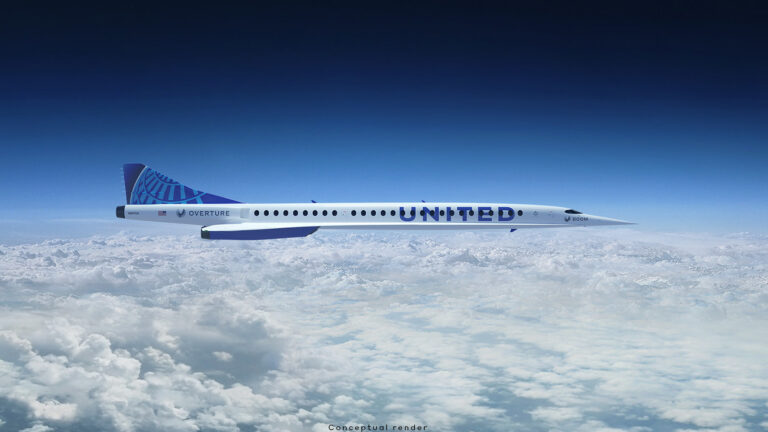Stay Up to Date
Submit your email address to receive the latest industry and Aerospace America news.
The History Committee works to preserve the record of aerospace advances and recognize their impacts on modern society.
In addition to the disruption caused by the pandemic, this year will likely be remembered for the first commercial passenger flights into space and the operations of NASA’s Perseverance rover on Mars.
In commercial flights, Richard Branson’s Virgin Galactic VSS Unity capsule was launched into orbit on July 11 with two pilots and four passengers, Jeff Bezos’ Blue Origin New Shepard capsule was launched on July 20 with four passengers, and Elon Musk’s SpaceX Crew Dragon was launched on Sept. 15 with four passengers. Some media outlets referred to these flights as the “Billionaire Space Race.”
On Feb. 18, the Perseverance rover landed on Mars with the Ingenuity Mars Helicopter, which performed the first powered aircraft flight on another planet. Three national Mars exploration programs arrived at Mars in February. In addition to the United States landing Perseverance, which will search for past life on Mars and collect soil and rock samples, the United Arab Emirates’ orbiter Hope arrived at Mars to study the planet’s climate, and China landed its Tianwen-1 orbiter and Zhurong rover, which will look for pockets of water beneath the surface that may contain life.
China began construction of the Tiangong space station in a low-Earth orbit with the launch of the Tianhe core module in April, followed by robotic cargo deliveries in May and September. In June, China launched a 92-day crewed mission of three to begin building the space station.
In January, the FAA published the Boeing 737 MAX investigation report, and the U.S. Department of Justice announced Boeing had agreed to pay $2.5 billion to resolve a criminal charge related to the case.
In June, United Airlines announced it would order 15 Overture airliners from Boom Supersonic with an option to buy 35 more, once the proposed Mach 1.7, 55-passenger aircraft meets safety, operating and sustainability requirements. Boom’s XB-1, a one-third scale tri-jet supersonic demonstrator, rolled out of the factory in October 2020 and was expected to start flight testing in early 2022. Boom said that it has commitments for 70 aircraft and that those mark the return to supersonic passenger transport, which ended with the Concorde in 2003.
This year was the centennial for several aviation milestones. In February 1921, the first day-and-night airmail flight was made across the United States. Three months later, Laura Bromwell set a women’s aviation speed record of 215 kph (135 mph); she died in an aviation accident in June of that year. Also in June 1921, Boeing won a $1.4 million contract to build 200 fighters for the U.S. Army, which allowed the company to abandon making furniture. Bessie Coleman, having attended flying school in France, got her pilot’s license and became the first black person to earn an international pilot’s license. In July 1921, Donald Douglas founded the Douglas Aircraft Co. at Clover Field (now Santa Monica Airport in California), and Billy Mitchell conducted bombing trials to show the power of aircraft to sink major warships, an exercise that remains controversial. In August, the U.S. Navy established the Bureau of Aeronautics. In September 1921, Navy Lt. John Macready set a world flight altitude record of 34,508 feet and received the Mackay Trophy for the flight. In December 1921, the USS Wright, AZ-1, was commissioned as the Navy’s first and only balloon ship; it is the only Navy ship to bear the “AZ” designation for “lighter-than-air craft tender.”
Stay Up to Date
Submit your email address to receive the latest industry and Aerospace America news.




